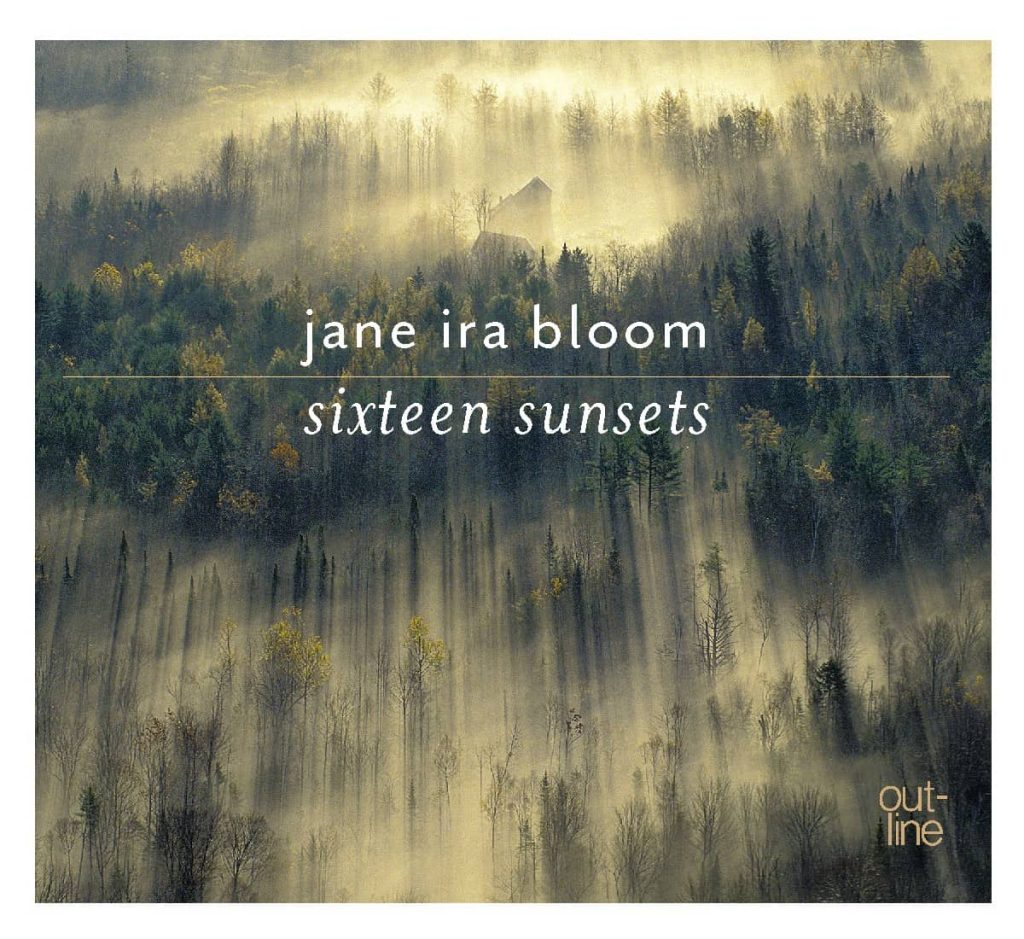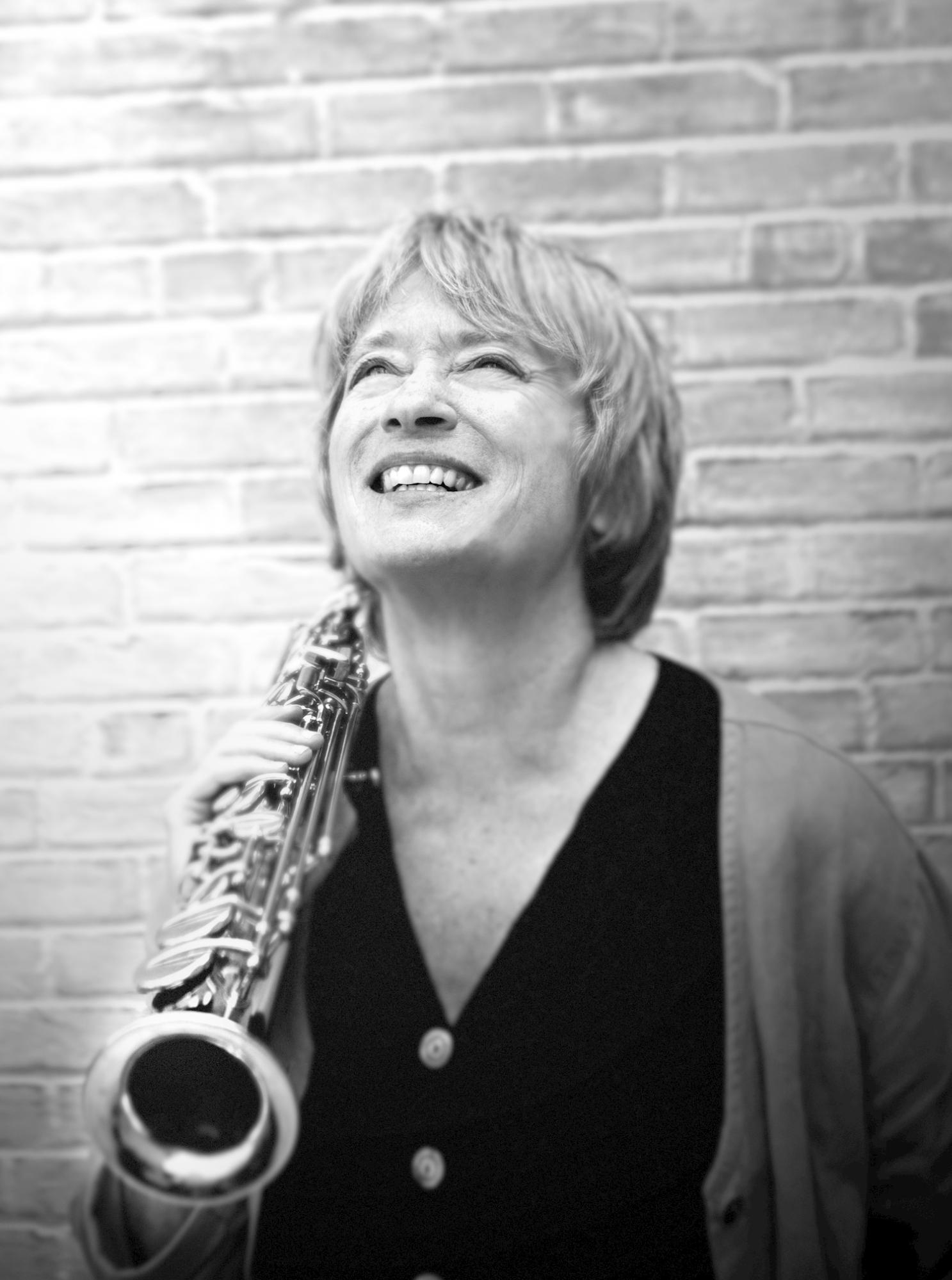"I grew up listening to these songs and knowing the lyrics. They were a part of my earliest listening experiences so playing them is like breathing to me. As time's gone by it's been easier to let the meaning of the songs come through the horn."- Jane Ira Bloom
It seems strange to refer to an album as “ahead of its time” when it is still less than a decade old, but this fits the bill, sonically at least.
Sixteen Sunsets received a Grammy nomination for Best Surround Sound Album in 2014. The incredible album features Jane Ira Bloom’s soprano saxophone captured in 96-khz/24-bit resolution and a sophisticated and engulfing spatial mix.
The album came as something of a surprise for some of Bloom’s fans. Having experimented with free jazz and less restrictive styles in her previous releases, Bloom revisited the classic songbook here, with only five original compositions interlaced with any of the old classics.
Sixteen Sunsets serves as a love letter to jazz music, with nods to the older styles wrapped in the package of an 21st-century approach to recording and mixing.
The end result is an album that serves to be sonically-pleasing and rich in both fidelity and musicianship. However, the album itself is sparse, and delicate in style. This gentle approach makes Sixteen Sunsets the ideal accompaniment to a meal, conjuring images of hot coffee on cold days and evoking comfort through its beauty.
The album focuses on ballads. In fact, virtually every track could be described as a ballad, both original compositions and cover versions. Many of the tracks have a connection to Billie Holiday, an undeniable inspiration for the album.
While Bloom takes many of the plaudits for this impressively-produced album, a lot of credit must go to engineers and accompanying musicians alike.
Cameron Brown provides a rich and dynamic bass backing, while Matt Wilson drums with a nonchalance and style, all the while keeping the tempo ticking through this collection of sweet tunes. Pianist Dominic Fallacaro is also drafted in, with a delicate style and plenty of blues verve to his playing.
Jane Ira Bloom doesn’t shy away from the experimental, even in more “middle of the road” tracks. As she triumphantly breezes through Kurt Weill’s “My Ship” she uses an unorthodox effect to provide a fascinating effect. By pointing the horn of her instrument under the piano hood, she causes a resonance with the strings and creates a new, intriguing undertone to compliment her soft and delicate playing.

Classics that we all know and love, such as “The Way You Look Tonight” provide a canvas for interplay between Bloom’s almost-human feel to the instrumentation, and interplay with Fallacaro’s beautiful piano playing.
The immersive mix is subtle in parts, but it really puts you in the room, adding to the Jazz Club vibes. Close your eyes and you can imagine cocktails and thick smoke in an underground bar. The sparse and subtle instrumentation flows slowly, suiting an album which moves at a Sunday-morning saunter. Other than a couple of tracks such as Bloom’s "Ice Dancing," with a tango style and catchy hook, the album rarely strays out of its tenderly-slow tempo.
The album moves the needle in terms of production, award-winning engineer Jim Anderson masterfully mixed this collection at Manhattan’s Avatar Studios. The songs may not all be original or revolutionary for the genre, but the quality and musicianship is front-and-center for all to see.
Purchase Sixteen Sunsets in the IAA Shop - available as a digital download or CD / Blu-ray bundle: link

